A ferromagnetic material with promising properties
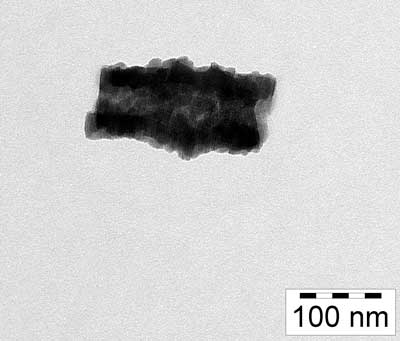 Researchers have developed a method for synthesising Europium (II) oxide nanoparticles - a ferromagnetic semiconductor that is relevant for data storage and data transport.
Researchers have developed a method for synthesising Europium (II) oxide nanoparticles - a ferromagnetic semiconductor that is relevant for data storage and data transport.
Nov 21st, 2017
Read more
 Researchers have developed a method for synthesising Europium (II) oxide nanoparticles - a ferromagnetic semiconductor that is relevant for data storage and data transport.
Researchers have developed a method for synthesising Europium (II) oxide nanoparticles - a ferromagnetic semiconductor that is relevant for data storage and data transport.
Nov 21st, 2017
Read more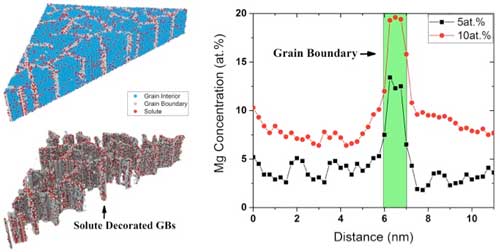 Scientists take advantage of electron microscopes to see tiny nanostructures in fine detail and learn what happens when they are exposed to heat, radiation, and mechanical forces. One area they are interested in are nanostructured metal alloys (metals mixed with other elements) that incorporate nanometer-sized features into classical materials to enhance their performance.
Scientists take advantage of electron microscopes to see tiny nanostructures in fine detail and learn what happens when they are exposed to heat, radiation, and mechanical forces. One area they are interested in are nanostructured metal alloys (metals mixed with other elements) that incorporate nanometer-sized features into classical materials to enhance their performance.
Nov 21st, 2017
Read more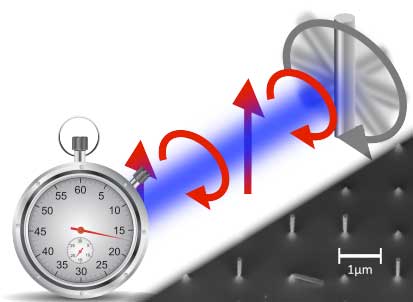 An international team of researchers use tiny silicon nano-cylinders as the ultra-stable hands of a clock. Using a laser to levitate the tiny rod, they make the nano-hands tick with pulses of polarized light.
An international team of researchers use tiny silicon nano-cylinders as the ultra-stable hands of a clock. Using a laser to levitate the tiny rod, they make the nano-hands tick with pulses of polarized light.
Nov 21st, 2017
Read more Semiconductor study shows that the coupling between electrons and thermal vibrations may be sapping energy from LEDs.
Semiconductor study shows that the coupling between electrons and thermal vibrations may be sapping energy from LEDs.
Nov 21st, 2017
Read more Researchers have developed new nanomapping technology that could transform the way disease-causing genetic mutations are diagnosed and discovered.
Researchers have developed new nanomapping technology that could transform the way disease-causing genetic mutations are diagnosed and discovered.
Nov 21st, 2017
Read more An international team of researchers has examined the optical and dielectric properties of thin macroscopic films based on single-walled carbon nanotubes and obtained an explanation for the metallic nature of their conductivity using infrared and terahertz spectroscopy.
An international team of researchers has examined the optical and dielectric properties of thin macroscopic films based on single-walled carbon nanotubes and obtained an explanation for the metallic nature of their conductivity using infrared and terahertz spectroscopy.
Nov 21st, 2017
Read more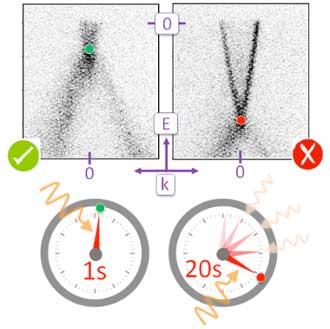 Topological insulators are new materials with special electronic properties and are of great fundamental and applications-oriented interest. Nevertheless, physicists have wrestled with a ten-year-old puzzle in which the results from the two best methods to probe their electronic states disagree. Researchers now know exactly why.
Topological insulators are new materials with special electronic properties and are of great fundamental and applications-oriented interest. Nevertheless, physicists have wrestled with a ten-year-old puzzle in which the results from the two best methods to probe their electronic states disagree. Researchers now know exactly why.
Nov 21st, 2017
Read more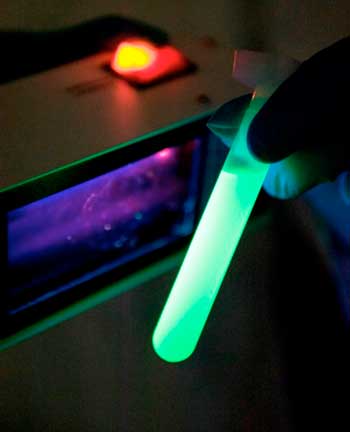 A new research project is developing a new test method to detect malaria parasites in blood.
A new research project is developing a new test method to detect malaria parasites in blood.
Nov 21st, 2017
Read more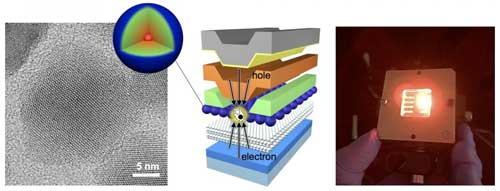 Researchers achieve light amplification with electrically stimulated quantum dots, critical step towards solution-processible laser diodes.
Researchers achieve light amplification with electrically stimulated quantum dots, critical step towards solution-processible laser diodes.
Nov 20th, 2017
Read more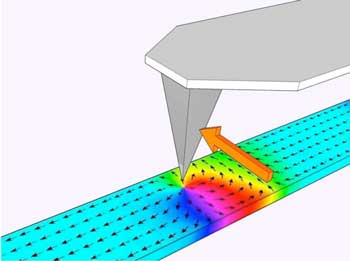 Researchers have shown how to write any magnetic pattern desired onto nanowires, which could help computers mimic how the brain processes information.
Researchers have shown how to write any magnetic pattern desired onto nanowires, which could help computers mimic how the brain processes information.
Nov 20th, 2017
Read more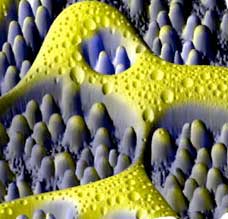 Interdisciplinary research team wins NSF support for next-generation surface analysis.
Interdisciplinary research team wins NSF support for next-generation surface analysis.
Nov 20th, 2017
Read more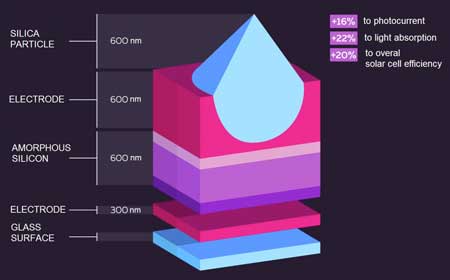 Researchers have suggested a new solar cell coating that combines features of an electrode and those of a light-trapping structure. The coating enabled them to cut down on reflected light and avoid solar cell overheating, thus increasing its overall efficiency by 20%.
Researchers have suggested a new solar cell coating that combines features of an electrode and those of a light-trapping structure. The coating enabled them to cut down on reflected light and avoid solar cell overheating, thus increasing its overall efficiency by 20%.
Nov 20th, 2017
Read more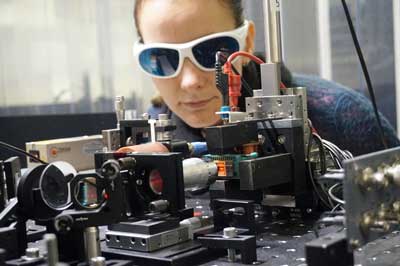 Electronic devices such as computers generate heat that mostly goes to waste. Physicists have found a way to use this energy: They apply the heat to generate magnetic signals known as 'spin currents'.
Electronic devices such as computers generate heat that mostly goes to waste. Physicists have found a way to use this energy: They apply the heat to generate magnetic signals known as 'spin currents'.
Nov 20th, 2017
Read more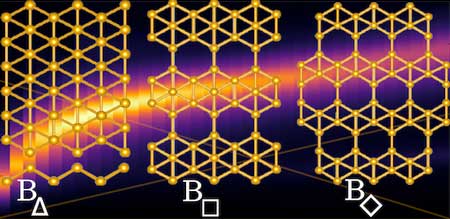 Scientists calculate flat boron capable of visible plasmon emissions.
Scientists calculate flat boron capable of visible plasmon emissions.
Nov 20th, 2017
Read more Novel approach utilizes high mobility two-dimensional electron gas, boosting thermoelectric conversion efficiency.
Novel approach utilizes high mobility two-dimensional electron gas, boosting thermoelectric conversion efficiency.
Nov 20th, 2017
Read more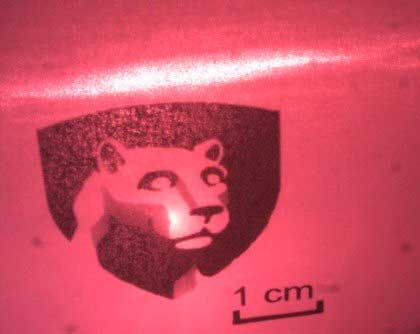 Scientists have taken a big step toward creating a diode laser from a hybrid organic-inorganic material that can be deposited from solution on a laboratory benchtop.
Scientists have taken a big step toward creating a diode laser from a hybrid organic-inorganic material that can be deposited from solution on a laboratory benchtop.
Nov 20th, 2017
Read more